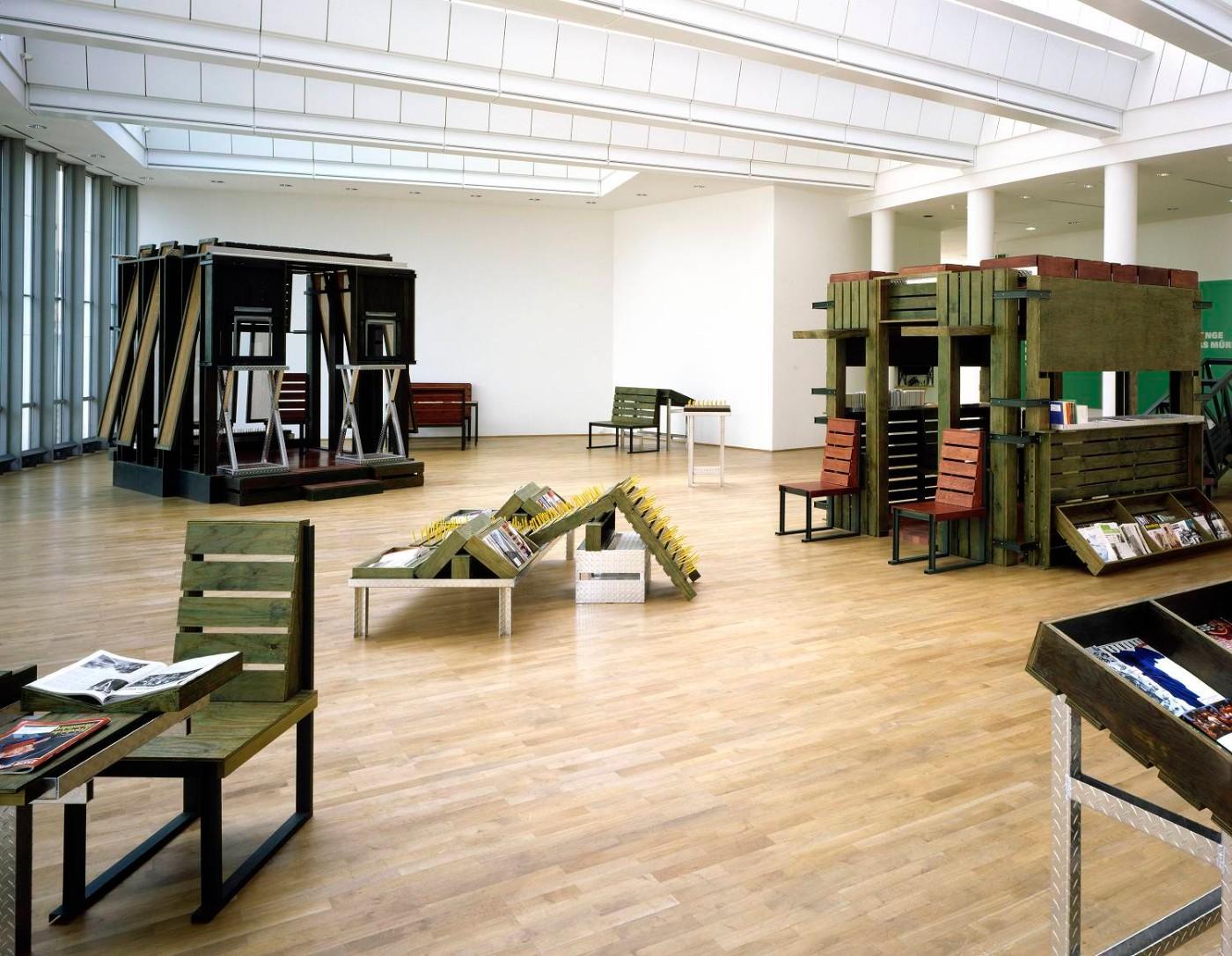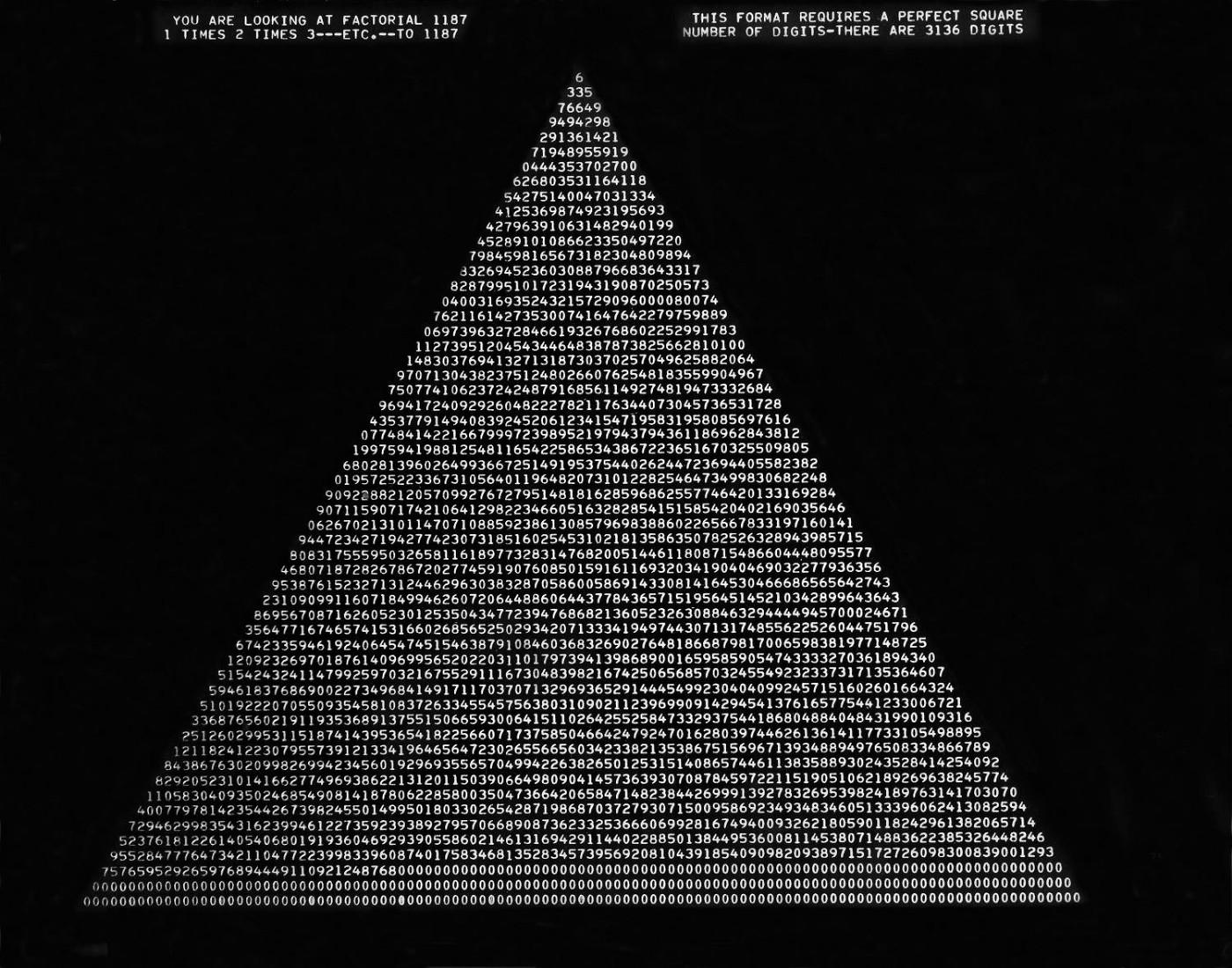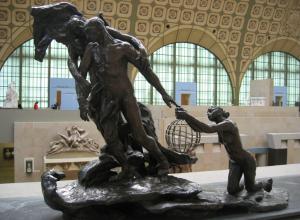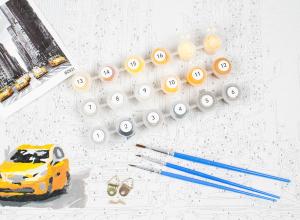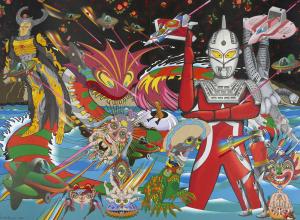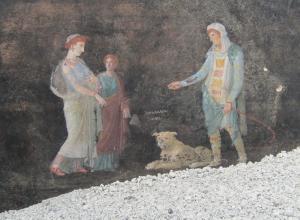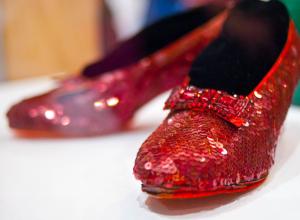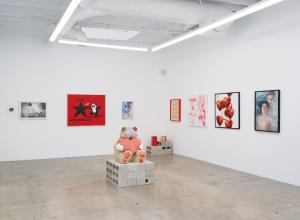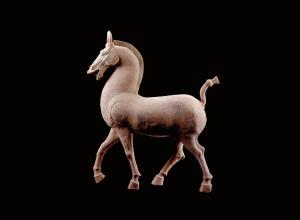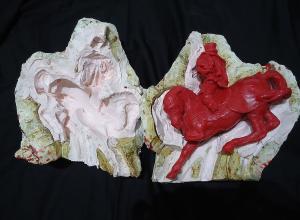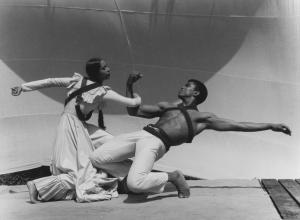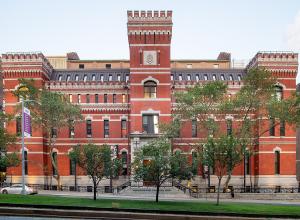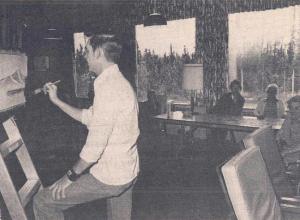Armajani is best known today for his works of public art—bridges, gazebos, reading rooms, and other gathering spaces—sited across the United States and Europe. Near the Walker, the artist’s landmark 375-foot Irene Hixon Whitney Bridge (1988) connects Loring Park to the Minneapolis Sculpture Garden. The groundbreaking exhibition Follow This Line spans six decades of the artist’s studio practice and resituates his work first within the context of prerevolutionary Tehran and, later, postwar and present-day America. Balancing a keen sense of abstraction with social and political content, Armajani has produced an ambitious and nuanced body of work that engages a wide range of references—from Persian calligraphy to the manifesto, letter, and talisman; from poetry to mathematical equations and computer programming; from the Abstract Expressionist canvas to the vernacular architecture of rural America, Bauhaus design, and Russian Constructivism.
Featuring more than 100 works made over the past 60 years, the exhibition brings together models from his Dictionary for Building series (1974-1975), nearly 150 small-scale maquettes representing the architectural elements of a house that have been combined into different permutations, as well as Fallujah (2004-05), a monumental antiwar sculpture created in response to the US invasion and occupation of Iraq. The exhibition also includes collages and other works on paper the artist made in the late 1950s while in Tehran, and more recent sculptures and models from his Tombs series (1972-2016) and Seven Rooms of Hospitality series (2016-ongoing). Many of the pieces included, from private and public collections in Europe and elsewhere, have never before been exhibited in the United States; others will be shown in a public institution for the first time.




